Home>Furniture>Outdoor Furniture>How To Hang A Hammock On A Balcony
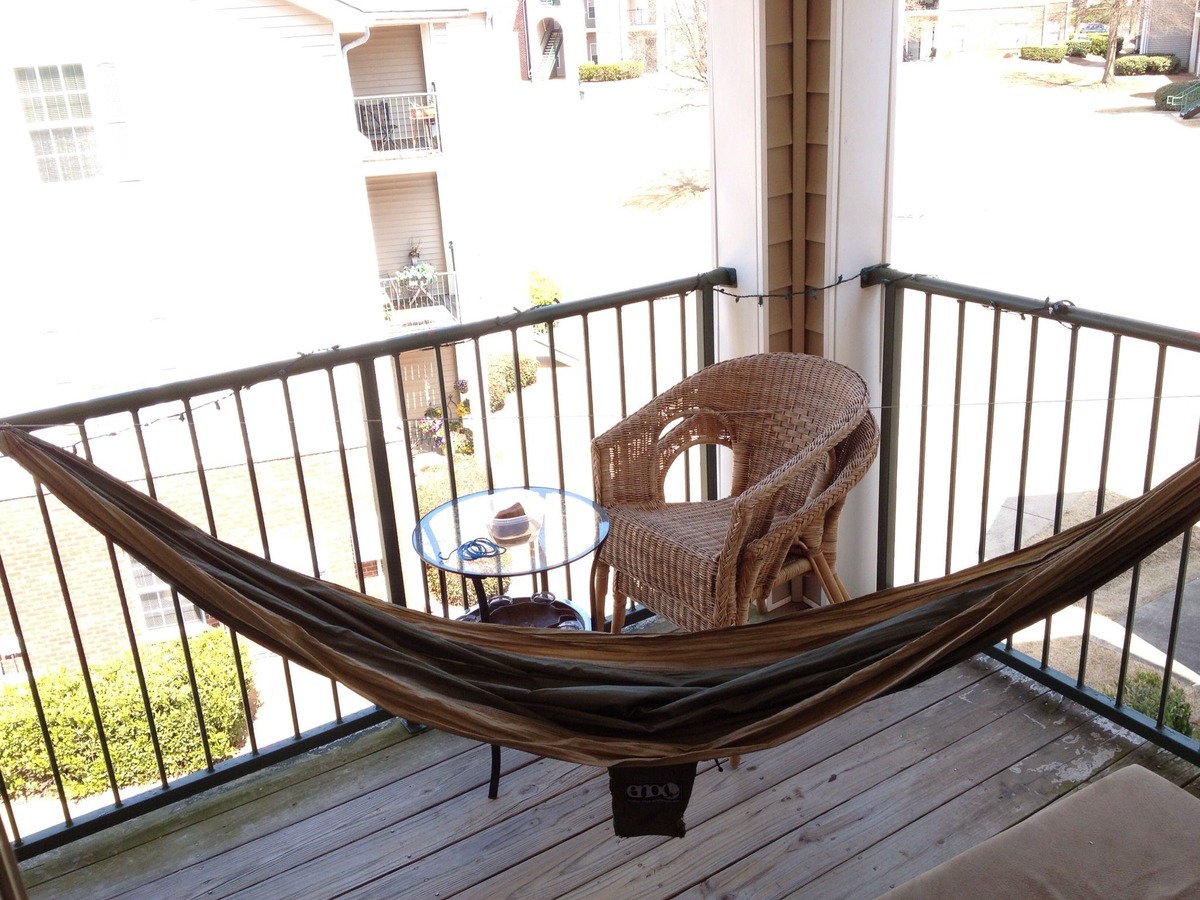

Outdoor Furniture
How To Hang A Hammock On A Balcony
Modified: March 16, 2024
Learn how to hang a hammock on your balcony and create the perfect outdoor furniture setup with our step-by-step guide.
(Many of the links in this article redirect to a specific reviewed product. Your purchase of these products through affiliate links helps to generate commission for Storables.com, at no extra cost. Learn more)
Introduction
Welcome to the world of outdoor relaxation and comfort! If you have a balcony and want to create a cozy retreat to unwind and enjoy the outdoor breeze, hanging a hammock is a wonderful option. Imagine yourself gently swaying in the hammock, sipping on your favorite beverage, and indulging in a good book or simply soaking up the sun.
However, hanging a hammock on a balcony requires careful planning and consideration. You need to assess the space, choose the right hammock, prepare the hanging materials, and ensure proper installation for a safe and enjoyable experience. In this guide, we will walk you through the steps to successfully hang a hammock on your balcony.
Before you dive into the process, it’s important to note that not all balconies are suitable for hammock installation. Factors such as balcony size, weight capacity, and structural support need to be taken into account. So, let’s begin by assessing your balcony.
Key Takeaways:
- Create a safe and cozy balcony retreat by carefully assessing the space, choosing the right hammock, and ensuring proper installation for a relaxing outdoor experience.
- Prioritize safety by adhering to weight limits, regularly inspecting the setup, and following safety precautions to enjoy a secure and tranquil hammock oasis.
Read more: How To Hang A Hammock On Balcony
Assessing the Balcony
The first step in hanging a hammock on your balcony is to assess the space and determine if it is suitable for hammock installation. Here are a few key factors to consider:
- Balcony Size: Measure the dimensions of your balcony to ensure it can accommodate a hammock. Ideally, you should have enough space to hang the hammock without it touching any walls or obstacles.
- Weight Capacity: Check the weight capacity of your balcony. Most balconies are designed to support the weight of people and furniture, but it’s essential to confirm that it can handle the weight of a hammock and the individuals who will be using it.
- Structural Support: Examine the construction of your balcony. The mounting points, such as walls or pillars, should be sturdy and capable of withstanding the tension and weight of the hammock. Avoid attaching the hammock to weak or unstable structures.
- Building Regulations: Familiarize yourself with any building regulations or restrictions that may prevent you from hanging a hammock on your balcony. Some apartment buildings or housing complexes have specific guidelines regarding exterior modifications.
By carefully assessing your balcony, you can determine if it is suitable for a hammock and proceed with confidence to the next step—choosing the right hammock.
Choosing the Right Hammock
Now that you’ve assessed your balcony and confirmed its suitability for a hammock, it’s time to choose the perfect hammock for your outdoor oasis. Here are some factors to consider when making your selection:
- Hammock Type: Hammocks come in various types, such as rope hammocks, fabric hammocks, and hammock chairs. Consider the space available on your balcony and your personal preferences to determine the type that best suits your needs.
- Size: Assess the dimensions of your balcony and choose a hammock that fits comfortably within the available space. Take into account the length and width of the hammock, ensuring that it can be properly secured without touching any walls or obstructing the balcony entrance.
- Weight Capacity: Check the weight capacity of the hammock to ensure it can support the combined weight of the individuals who will be using it. Be mindful of any manufacturer guidelines regarding weight limits.
- Material: Consider the material of the hammock, keeping in mind durability, comfort, and weather resistance. Look for hammocks made from high-quality materials that can withstand outdoor conditions.
- Style and Design: Choose a hammock that complements your balcony’s aesthetic and your personal taste. Whether you prefer a vibrant pattern, a neutral color scheme, or a stylish design, there is a wide variety of options available to suit your style.
- Accessories: Don’t forget to consider any additional accessories you may need, such as hammock straps, carabiners, or a hammock stand, depending on the setup and requirements of your balcony.
Take your time to research and explore different options before making a decision. By selecting the right hammock, you’ll be one step closer to creating a tranquil haven on your balcony.
Preparing the Hanging Materials
Before you can hang your hammock on the balcony, it’s essential to gather all the necessary hanging materials. Here’s what you’ll need:
- Hammock Hanging Straps: If your hammock does not come with hanging straps, you’ll need to purchase them separately. These straps are typically made of strong, durable material and are designed to securely attach the hammock to the anchors.
- Carabiners or S-Hooks: Carabiners or S-Hooks are essential for connecting the hammock to the hanging straps. Choose sturdy and reliable hooks that can support the weight of the hammock and provide a secure connection.
- Mounting Hardware: Depending on the structure and materials of your balcony, you may need specific mounting hardware to ensure a safe and stable installation. This can include wall anchors, hooks, or brackets.
- Tools: To install the mounting hardware, you’ll need a few basic tools such as a drill, screws, and a wrench. Make sure you have the appropriate tools on hand before you begin the installation process.
- Protective Equipment: It’s always a good idea to prioritize safety. Wear protective gloves and safety goggles when handling tools or drilling into walls to prevent any injuries.
Once you have gathered all the necessary hanging materials, you’ll be ready to move on to the next step—installing the wall anchors or hooks on your balcony.
Installing Wall Anchors or Hooks
The installation of wall anchors or hooks is a crucial step in securely hanging your hammock on the balcony. Follow these steps to ensure a proper installation:
- Select the Mounting Location: Identify the ideal location on your balcony where you want to hang the hammock. Keep in mind the dimensions of the hammock and ensure there is enough space for it to hang freely without any obstructions.
- Identify the Wall Structure: Determine the type of wall or structure on your balcony where you plan to install the anchors or hooks. Different walls may require specific types of anchors or mounting hardware.
- Choose the Right Anchors or Hooks: Select the appropriate anchors or hooks based on the wall material and weight capacity requirements. Consult with a hardware store professional if you are uncertain about which type to choose.
- Mark the Installation Points: Use a pencil or marker to mark the exact points where you will install the anchors or hooks. Ensure that they are level and evenly spaced.
- Pre-drill Holes: If necessary, use a drill and the appropriate drill bit to pre-drill holes at the marked installation points. This will make it easier to insert the anchors or screws.
- Install the Anchors or Hooks: Carefully insert the wall anchors or screw in the hooks at the pre-drilled holes, following the manufacturer’s instructions. Make sure they are securely fastened and tightly in place.
- Test the Stability: Give the installed anchors or hooks a firm tug to ensure they are firmly attached to the wall and can support the weight of the hammock. Make any necessary adjustments or reinforcements if needed.
Once the wall anchors or hooks are securely installed, you’re ready to move on to the next step – hanging the hammock!
When hanging a hammock on a balcony, make sure to use strong and secure anchor points, such as sturdy hooks or eye bolts, to support the weight of the hammock and the person using it. Always follow the manufacturer’s instructions for proper installation.
Read more: How To Hang Curtains On Balcony
Hanging the Hammock
Now that you have installed the wall anchors or hooks, it’s time to hang your hammock on the balcony. Follow these steps to ensure a successful hanging process:
- Attach the Hanging Straps: Take the hammock hanging straps and securely attach them to the wall anchors or hooks. Use carabiners or S-hooks to connect the straps to the anchors, ensuring a strong and stable connection.
- Adjust the Height: Determine the desired height of your hammock. Keep in mind factors such as comfort and accessibility. For a standard hammock, a height of about 18 inches off the ground is recommended.
- Balance the Hammock: Ensure that the hammock is evenly balanced when hanging. Adjust the straps on each side as needed to achieve a level and comfortable position.
- Test the Hammock: Before fully committing to relaxing in the hammock, give it a gentle test to ensure it is secure and stable. Stand near the hammock and gradually apply weight to it, checking for any signs of sagging or instability.
- Make Adjustments: If the hammock feels uneven or unstable, carefully make necessary adjustments. This can include repositioning the straps, tightening the connections, or redistributing weight within the hammock.
- Ensure Proper Distance: Make sure there is adequate space between the hammock and any nearby structures or obstacles. This will prevent any accidental collisions or damage.
Once you are satisfied with the placement and stability of the hammock, it’s time to test it out and enjoy the relaxing experience it offers.
Testing the Hammock’s Stability
Testing the stability of your hammock is essential to ensure a safe and comfortable experience. Follow these steps to properly test its stability:
- Start with Light Weight: Begin by sitting lightly in the hammock and gradually distribute your weight. Pay attention to any signs of excessive sagging, strain on the anchors, or instability.
- Gradually Increase Weight: Slowly increase the weight on the hammock by gently swinging or shifting your position. This will help you detect any potential issues or concerns with the stability of the hammock and its attachments.
- Observe Anchor Points: Keep a close eye on the anchor points and the straps connecting the hammock to the wall anchors or hooks. Check for any signs of slipping, loosening, or structural strain.
- Check for Even Suspension: Ensure that the hammock remains evenly suspended, without too much sag or tightness on one side. A properly hung hammock should provide a balanced and comfortable level of support.
- Monitor Any Swinging or Swaying: Observe the movement of the hammock while you are in it. It should sway gently and smoothly, without any excessive swinging or abrupt movements.
- Listen for Unusual Sounds: Pay attention to any unusual sounds such as creaking or cracking. These may indicate weaknesses in the attachments or possible strain on the structure of the hammock.
If at any point you notice significant instability, strain, or other concerns, discontinue use immediately and reassess the installation or seek professional assistance if needed. It’s better to prioritize safety rather than risk any accidents or injuries.
By thoroughly testing the stability of your hammock, you can have peace of mind knowing that you can fully relax and enjoy your balcony retreat without any worries.
Safety Precautions
While hanging a hammock on your balcony can create a serene and inviting outdoor space, it’s important to prioritize safety. Here are some key safety precautions to keep in mind:
- Weight Limit: Adhere to the weight limit specified by the manufacturer for your hammock and the maximum weight capacity of your balcony. Overloading the hammock can strain the attachments and compromise safety.
- Regular Inspections: Regularly inspect the anchor points, hanging straps, hooks, and the hammock itself for any signs of wear, damage, or deterioration. Replace or repair any components if necessary.
- Proper Installation: Follow the manufacturer’s instructions when installing the hammock and use the recommended hardware. Ensure that the wall anchors or hooks are securely fastened and capable of supporting the weight.
- Safe Distance: Maintain a safe distance between the hammock and any nearby structures, including walls, railings, and furniture. This prevents accidents or collisions while getting in and out of the hammock.
- Supervision: Never leave children unattended in the hammock. Supervise their use to prevent accidents or falls. Educate children about safe hammock use and remind them not to jump or play roughly in the hammock.
- Weather Considerations: Take weather conditions into account before using the hammock. Avoid hanging it during severe weather, high winds, or storms, as it can pose a risk of damage or injury.
- Maintain Balance: Distribute weight evenly in the hammock to prevent unnecessary strain on one side. Avoid sudden, forceful movements that can cause the hammock to swing excessively or lose balance.
- Secure Attachments: Regularly check the tightness and stability of the straps, carabiners, or hooks connecting the hammock to the wall anchors. Reinforce or adjust the attachments as needed to maintain stability.
- Personal Safety: Be cautious when entering or exiting the hammock to prevent falls. Use the hammock for its intended purpose of relaxation and avoid any activities that can jeopardize your safety.
By following these safety precautions, you can create a secure and enjoyable environment on your balcony, allowing you to fully appreciate the comfort and tranquility that a hammock brings.
Conclusion
Transforming your balcony into a peaceful retreat with a hammock can provide you with a serene and comfortable outdoor space to relax and unwind. By following the steps outlined in this guide, you can successfully hang a hammock on your balcony while ensuring safety and stability.
Remember to assess your balcony’s suitability, choose the right hammock for your space, and gather the necessary hanging materials. Properly installing wall anchors or hooks is crucial, as it serves as the foundation for a secure hammock setup. Take the time to carefully hang the hammock, adjusting its height and balance for optimal comfort.
It is important to test the stability of the hammock before fully enjoying its benefits. Regularly check for any signs of wear or damage, and always prioritize safety by adhering to weight limits and following the manufacturer’s instructions.
By taking these precautions and maintaining the hammock properly, you can create a serene and inviting space to relax and enjoy the outdoors on your balcony.
So, go ahead, hang that hammock, and indulge in moments of tranquility and bliss on your very own balcony oasis!
Frequently Asked Questions about How To Hang A Hammock On A Balcony
Was this page helpful?
At Storables.com, we guarantee accurate and reliable information. Our content, validated by Expert Board Contributors, is crafted following stringent Editorial Policies. We're committed to providing you with well-researched, expert-backed insights for all your informational needs.

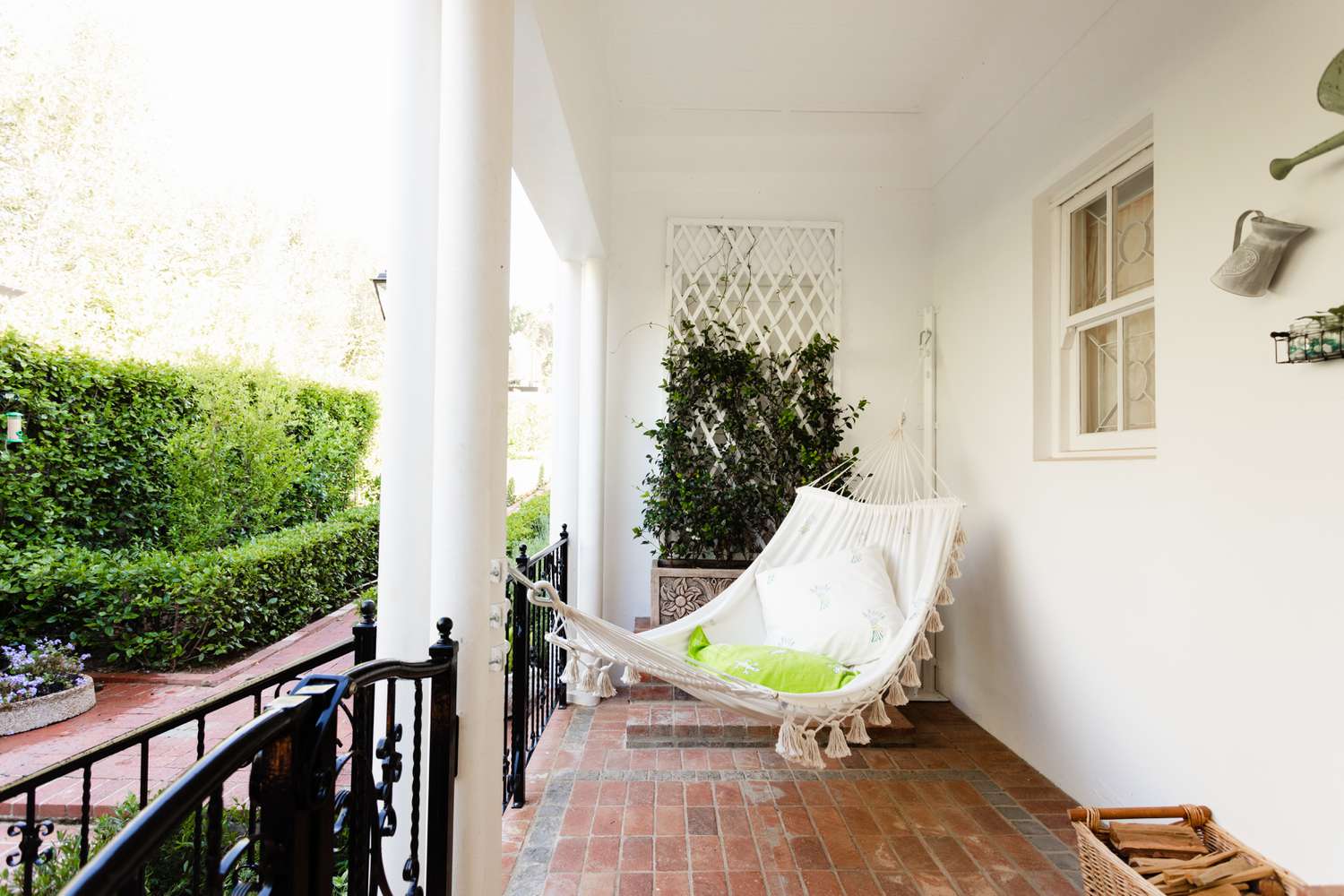
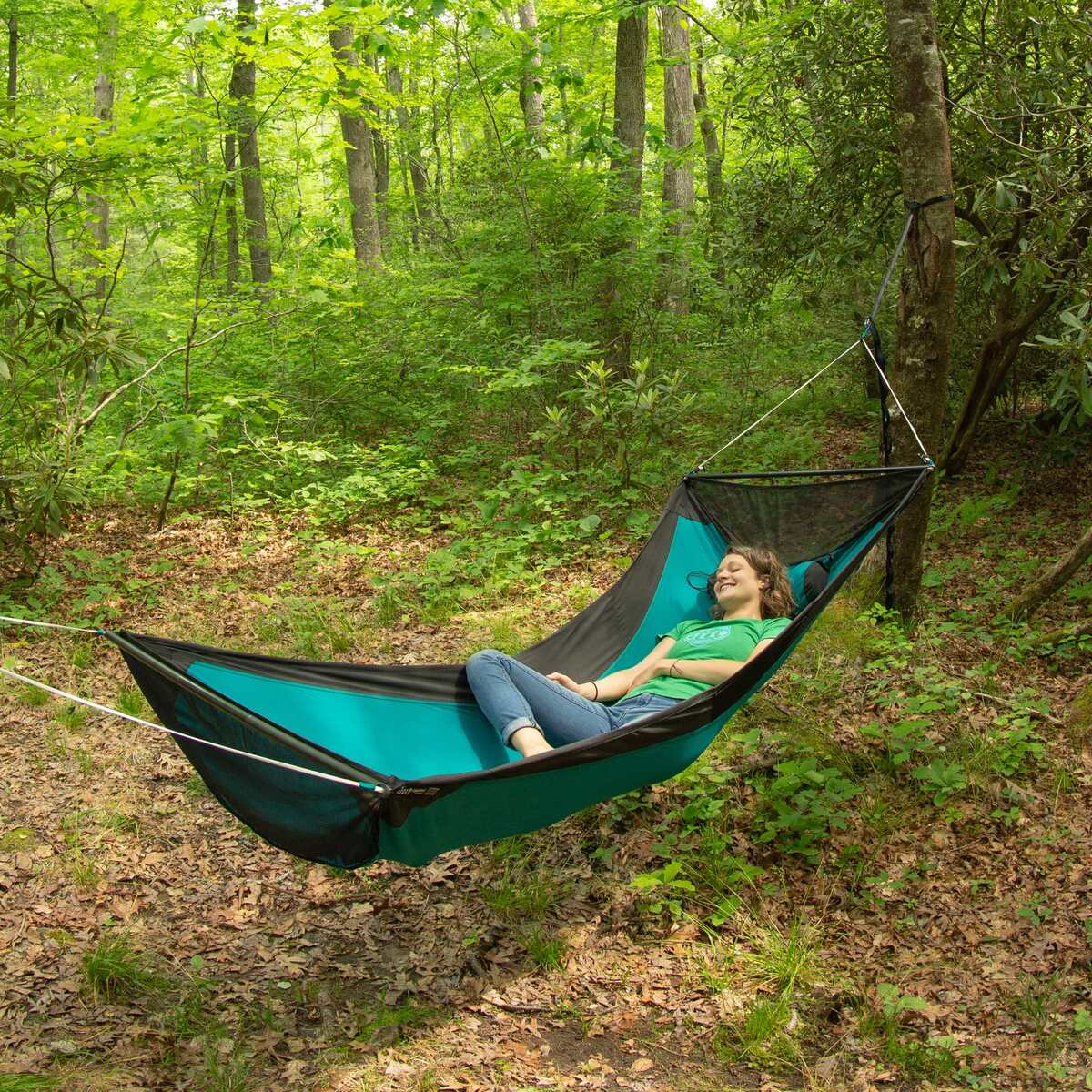
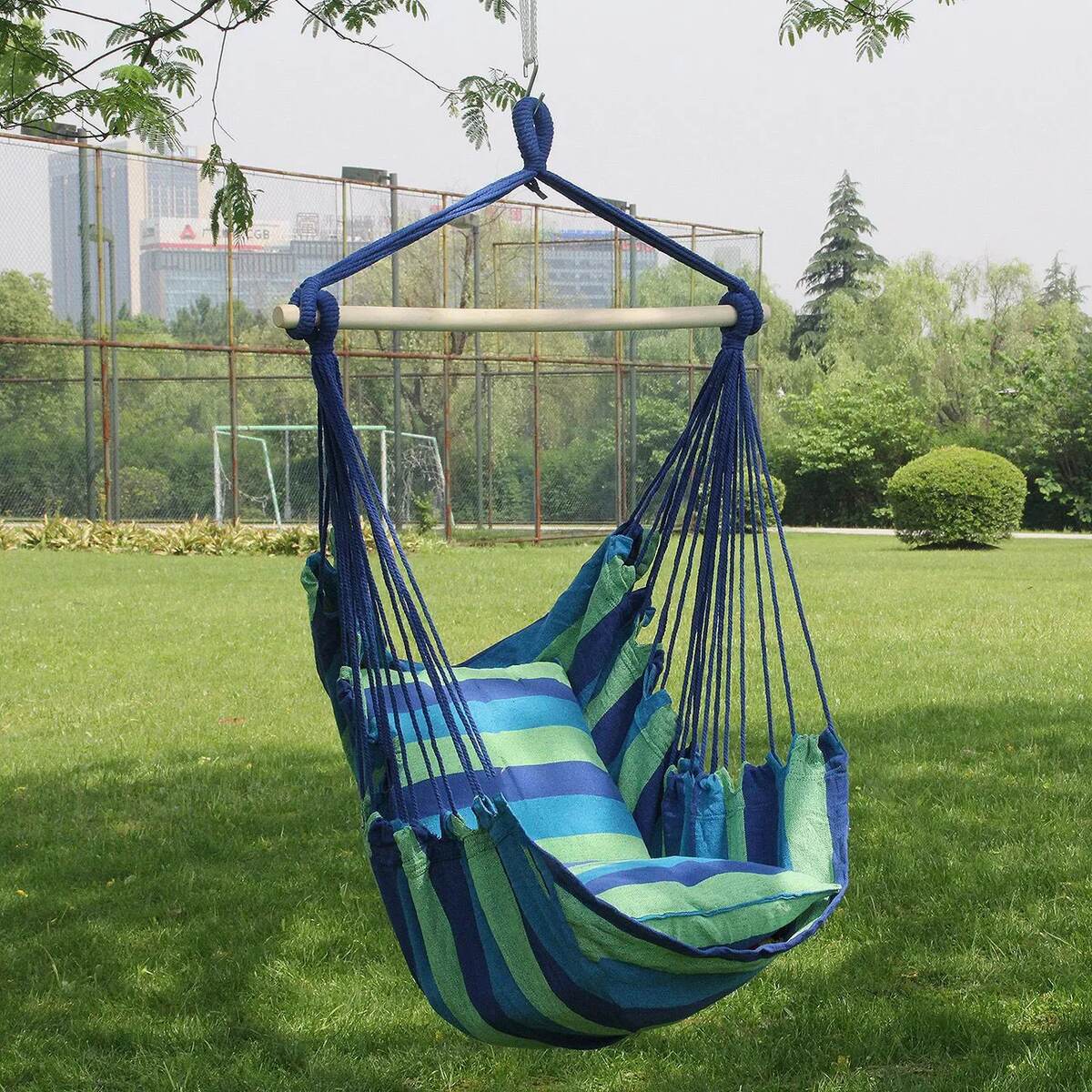
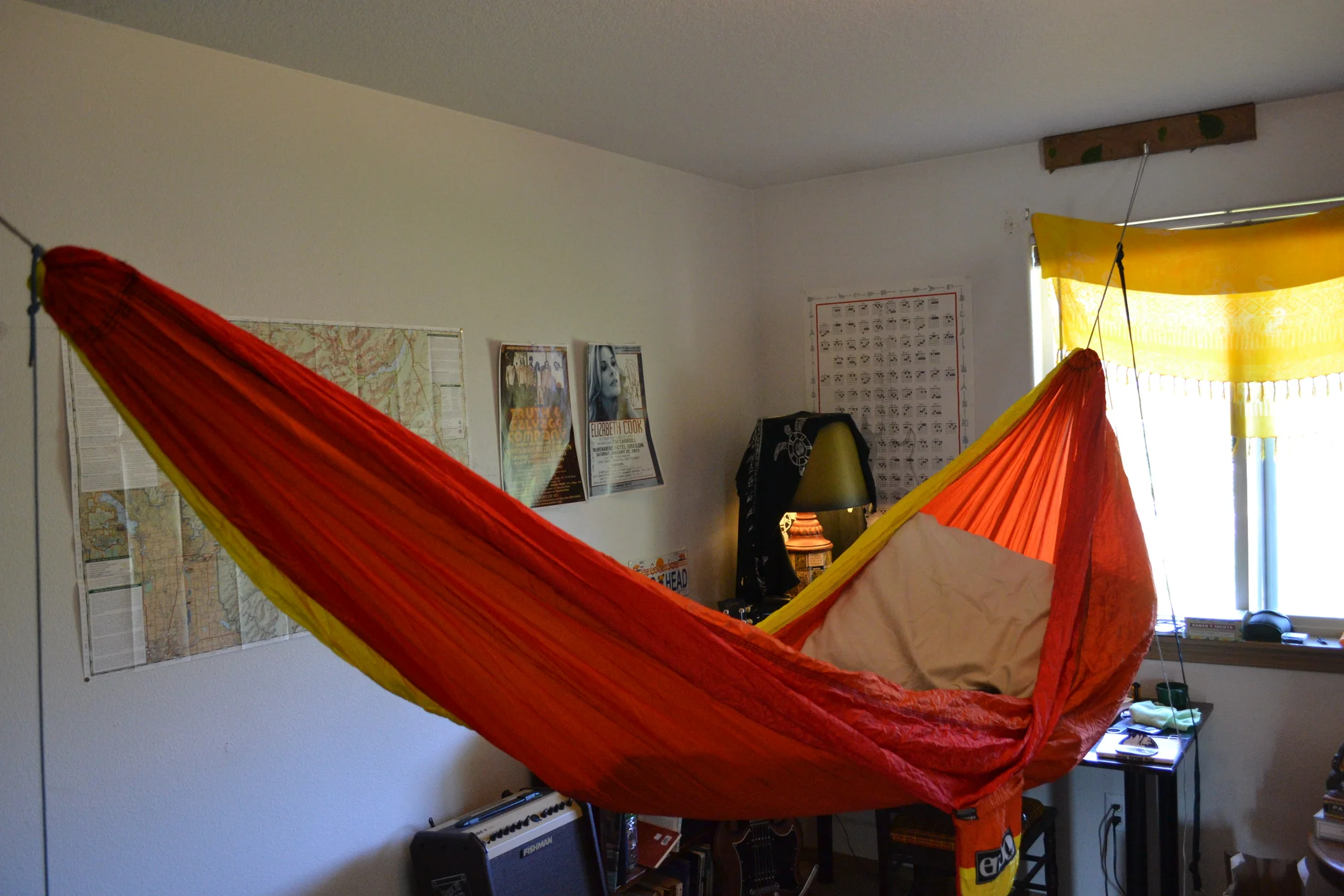

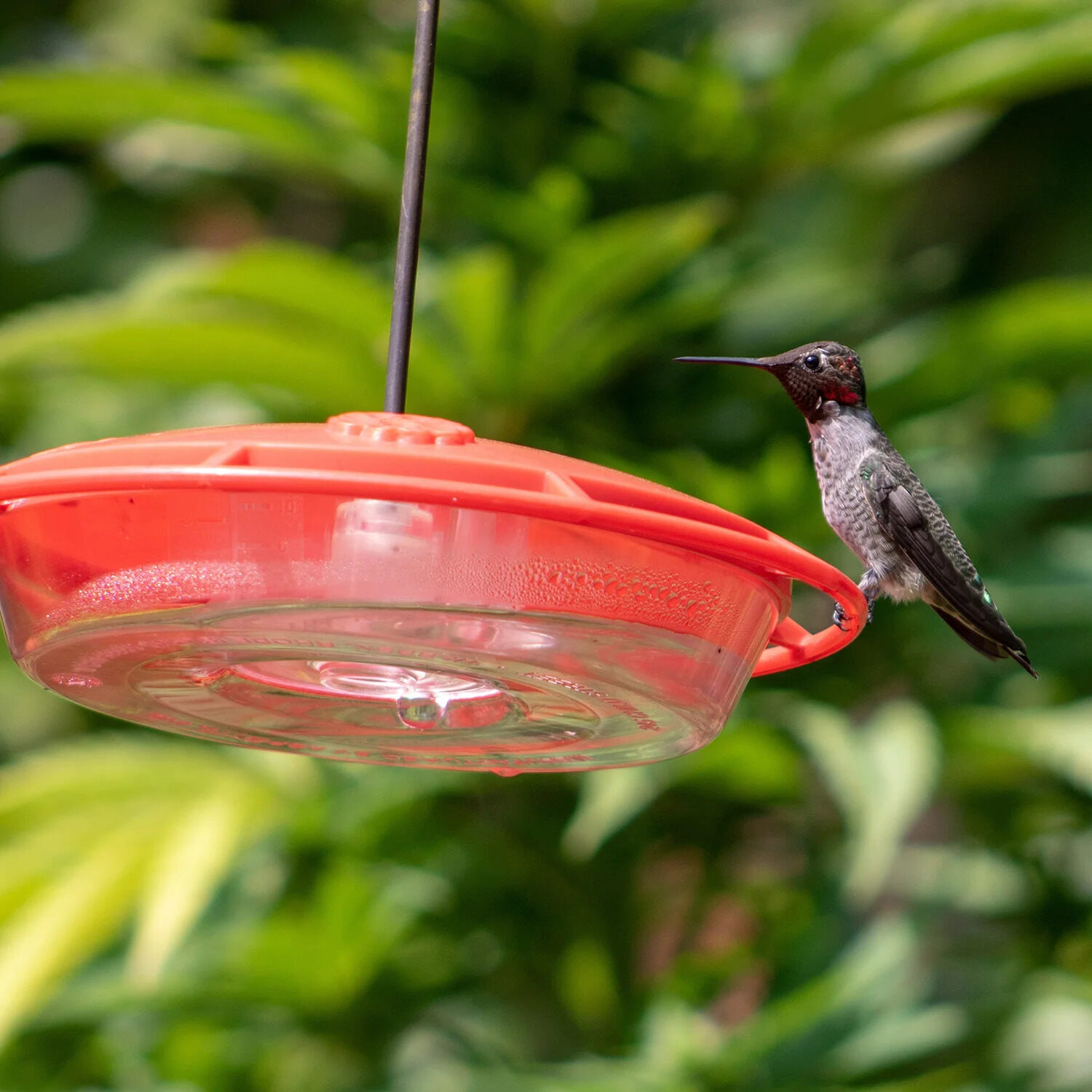
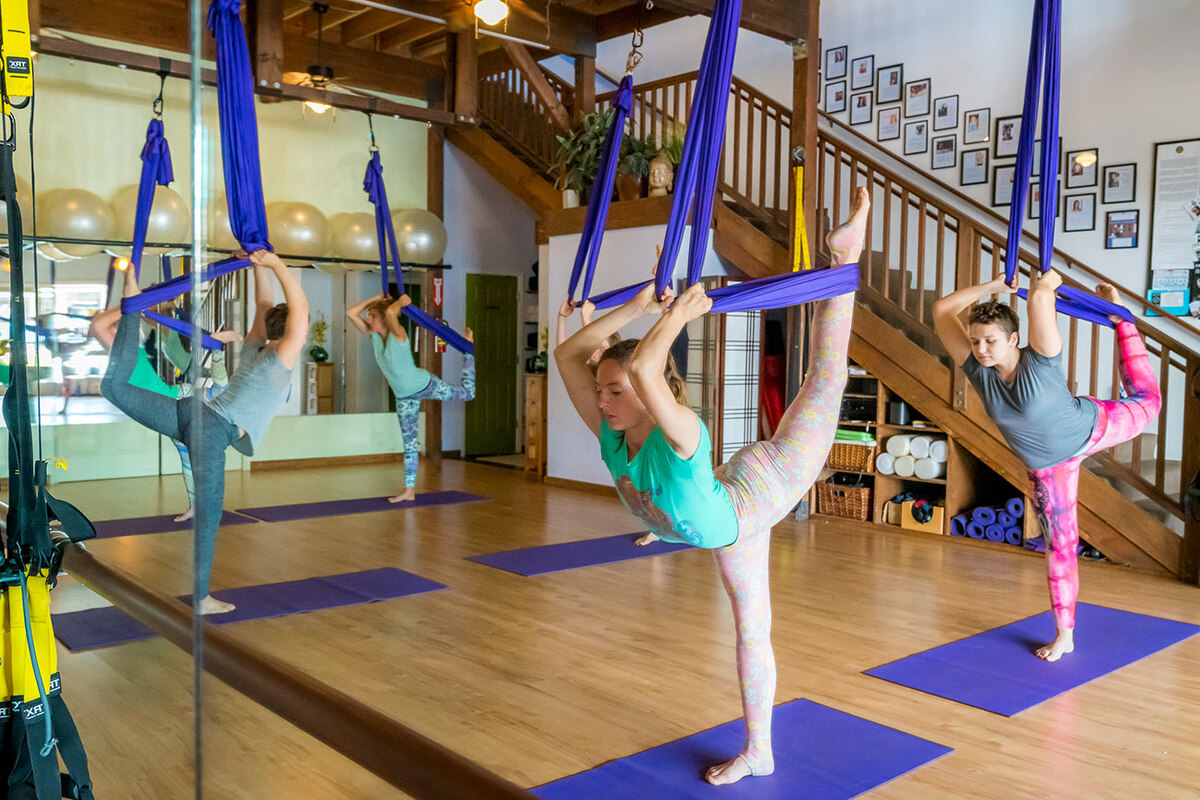
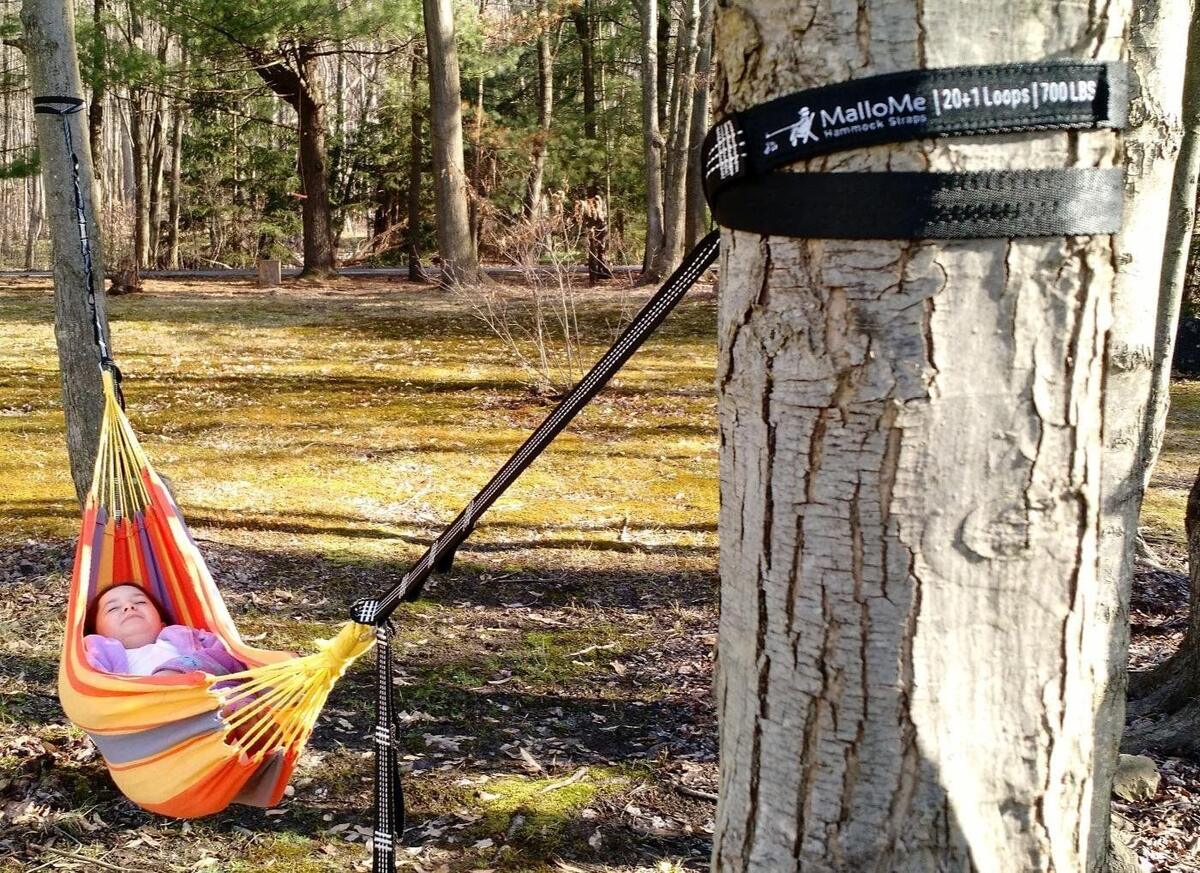
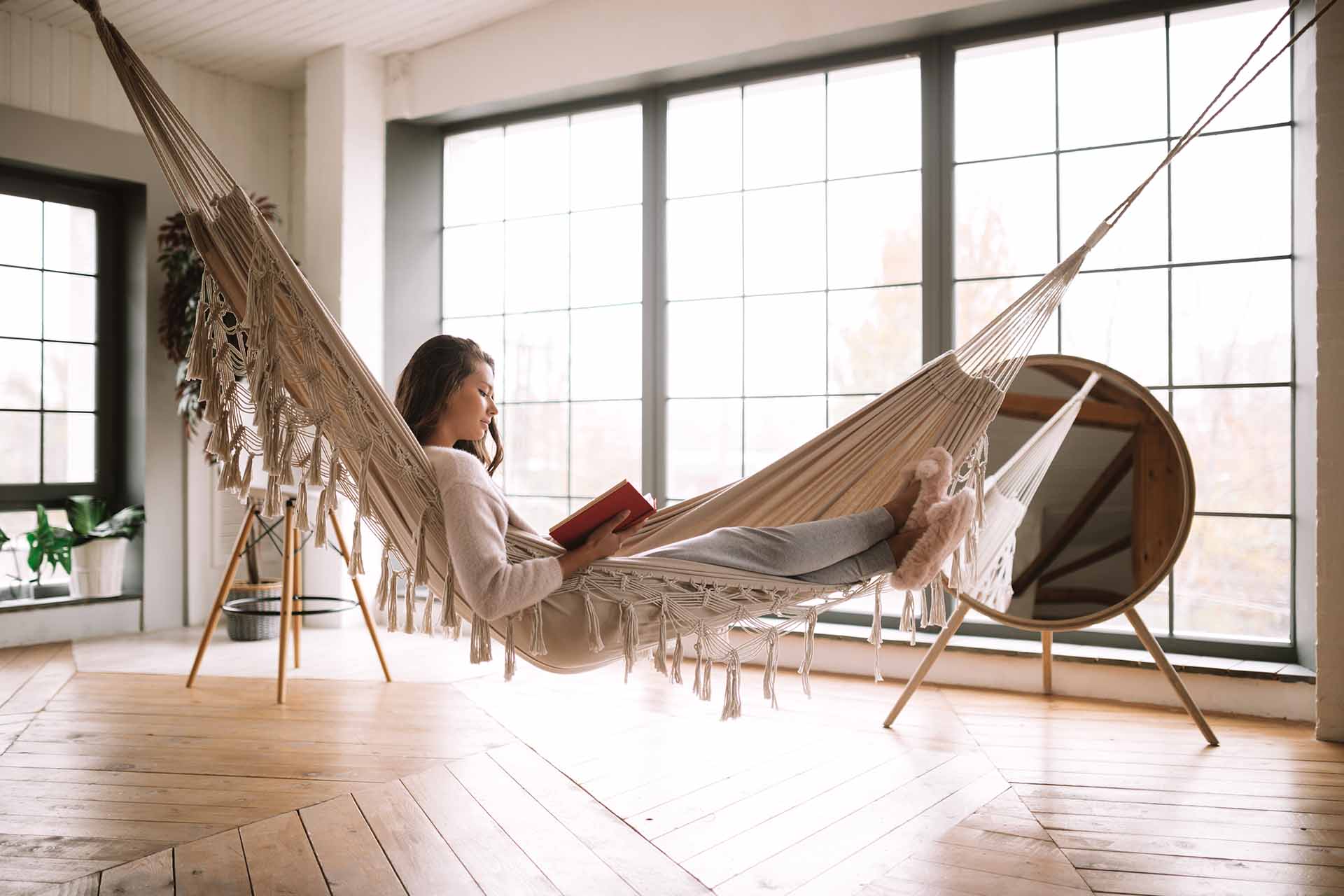

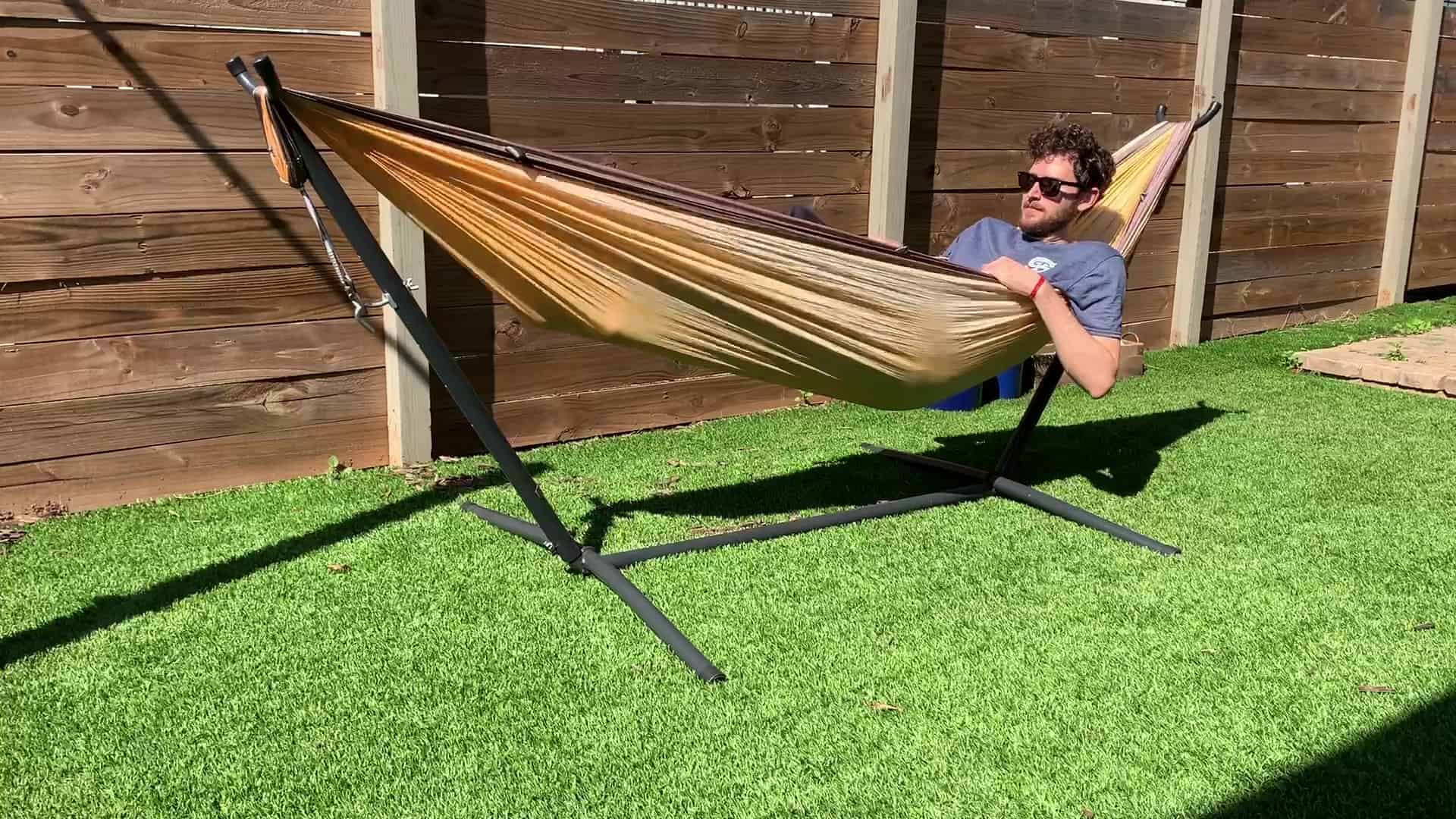
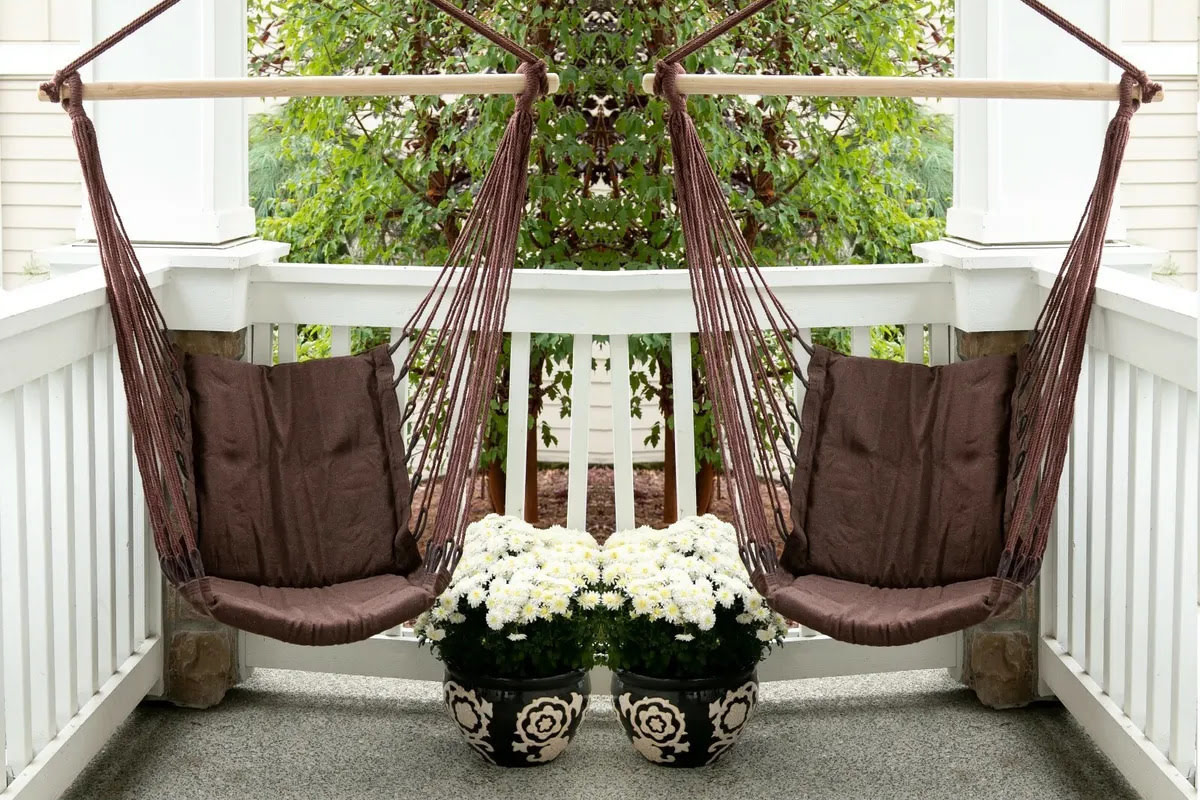


0 thoughts on “How To Hang A Hammock On A Balcony”